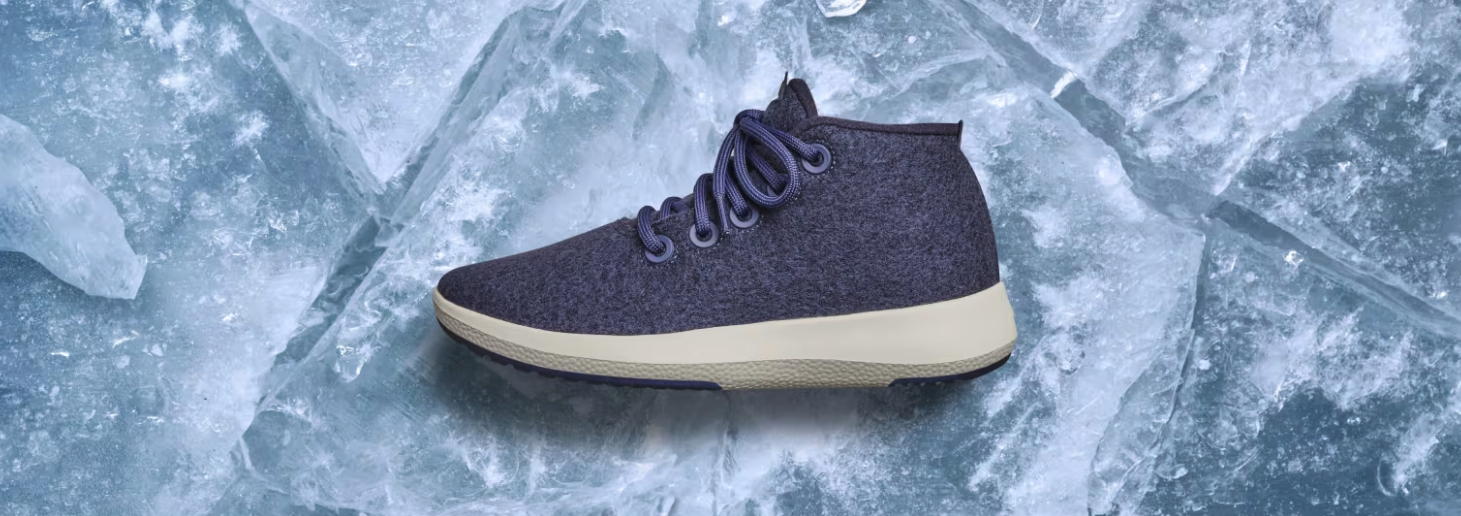Vice Media CEO, Shane Smith once said, “We want you to love us or hate us, we just don’t want you to be indifferent.”
Here, “us” is referring to his brand, Vice. And as of late, it seems much smaller, left-field brands are following suit. They’re giving their audience something to stand for, something to believe in. And they do it simply, by challenging what we know about certain categories. Why? Because they're called challenger brands.
Forbes tells us that most Americans are shown anywhere from 4,000 to 10,000 online advertisements per day. So, it’s no surprise that when we see an advertisement that resonates us, we stick around to see how it plays out. Truthfully, it makes us feel like we’re part of something bigger than ourselves.
So, what are these brands?
Explaining a Challenger Brand
In response to this advertising saturation, brands started to take notice. While some bigger brands decided to stay the same, some other smaller brands couldn’t afford to. That’s why they went rogue. They demanded the attention of their audience. And we call those brands “challenger brands” today.
Challenger brands are categorized by their mindset. Their ambitions transcend what’s expected of them, and the resources they have to make it so. When you give challenger brands an opportunity to act boldly and go against the “norm” for their category, they take it. In essence, they decide to challenge the category, not their competition. They make a breakthrough.
Here’s what essentially makes up a challenger brand:
Doing More With Less
Challenger brands are usually small start-ups with an overall mindset that is unique to them, whether that’s changing the world or changing the way we look at running shoes. They don’t have the resources of a large company, so this is crucial. But the cool thing about the challenger brand mindset is that it works for both large and small companies.
Zig When Others Zag
Since challenger brands are usually so small, they have to be okay with the fact that their ambitions are ultimately higher and broader than what they can feasibly offer at one time. So how do they do it, and do it successfully, nonetheless? Often, challenger brands give their consumers something to root for—to be a part of. And they accomplish this by disrupting their category in a big way.
Wanting Quality, Not Quantity
It’s said that challenger brands would rather have loyal, engaged customers who can advocate for their brand, and consequently their mission. Their customers will act as ambassadors for the cause, helping the brand streamline against the grain. In short, challenger brands feel like this is more important when building their business than broad reach.
In 2018, a year of monumental political, social, and economic events, challenger brands started popping up more often. And today, they’re appearing even stronger than before. So, there’s a chance you’ve seen, interacted with, or even supported a challenger brand in some way or another.
Here are some drive-by examples:
We’re Changing so the Climate Doesn’t.
Proudly proclaiming, “Mother Nature made us do it,” Allbirds created an entirely new category of footwear by using renewable materials, namely merino wool, a revolutionary, superfine type of wool that facilitates a process using 60% less energy than materials in synthetic shoes. And now, their commitment, the very thing that characterizes Allbirds as a challenger brand, is plastered on their website for all to see.
Let's Change the World.
Two brothers, a rocket scientist and a comfort tech genius banded together in 1989 while fly fishing in the Rockies to change the way people sleep today. It started with wheelchairs and carbon fiber sporting goods. But after accumulating 30 cushioning technology patents, the two created Purple Innovation, Inc., or Purple for short, a revolutionary new mattress company that made their mattresses out of one of those patented materials—hyper-elastic polymer™—that was colored purple.
Yes, Our Butts Can Talk.
With a commitment to offering the softest underwear on the planet, MeUndies is a popular online underwear store that’s not afraid to make a statement, make a difference, make a move, and make some noise—their words, not ours. With the underlying goal of making people feel good, they challenged a part of the underwear market that was never explored before—a softer-than-soft fabric that looks as good as it feels. Ever since their start, they’ve expanded into bras, onesies, and even socks.
Can My Brand Be a Challenger?
Of course, it can. There are just a few boxes you’ve got to check off, according to how SFW does it. Here are the most important:
First, you’ve got to find your brand’s narrative—its reason for being. Something for your audience to resonate with. And once you figure out where your audience is going to buy your product (through emails, apps, online advertising, the list goes on), you can start to identify ways to disrupt your category. That’s where the real fun begins. And from there, you can continue to experiment with disruption. In other words, how can you keep surprising and delighting your audience?
The hope is that once you get that last step, you’ll be the thought-leader of the category…or at least somewhere near it. Then and only then you can create a community through your brand, continue to serve your loyal followers, and bring aboard brand-new ones. Keep your eyes peeled for our next challenger brand installment when we discuss the principles on which they ride or die.
Who are your favorite challenger brands? Let us know in the comments!



%20copy.jpg?width=1500&length=1500&name=Brand%20Fingerprint%20-%20Sales%20Factory%20-%20Orange%20(1)%20copy.jpg)
